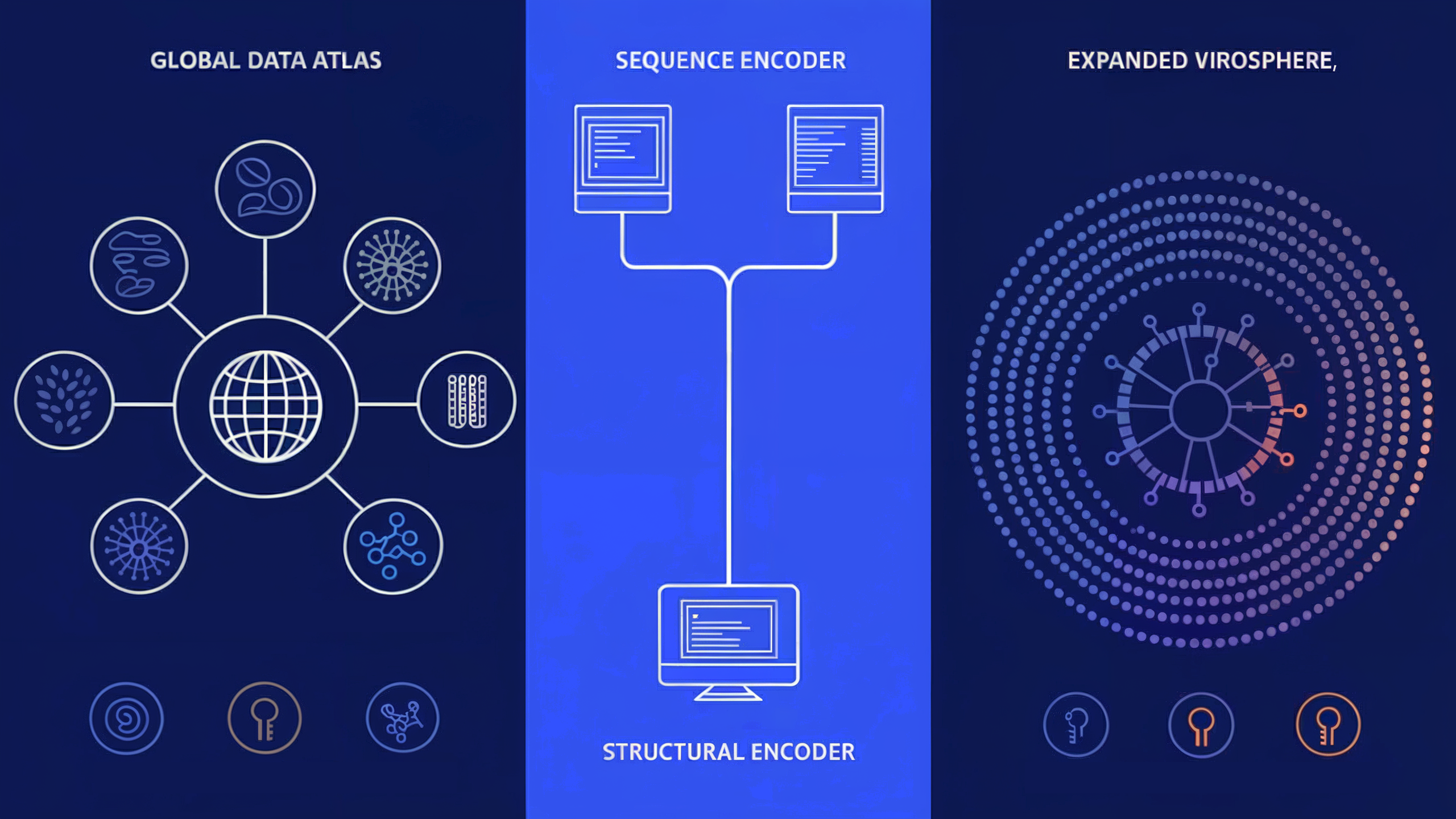AI helped discover 160,000 new viruses — here's why that is good news
And not the technological kind.

While many are (understandably) skeptical of the potential of AI, it has its very specific strengths that could be a huge boon for humanity not just now, but in the future.
One of those, it appears, is detecting new species of virus. A new machine-learning model at the University of Sydney, Australia, has crunched an absurd amount of data and uncovered no fewer than 161,979 new RNA (ribonucleic) viruses by analyzing genetic data and cross-referencing it with unrecognized ones.
It all sounds a little like something only Batman could pull off, relying on a degree of technology and intelligence that's far beyond comprehension for the rest of us. For anyone keen to understand more the full results are available in a research paper.
How AI found 161,979 new viruses

The algorithm, called LucaProt, computes huge swathes of data including virus genomes. It then matched that to protein structures used by RNA viruses for replication.
That kind of output would traditionally have taken much longer, but it's not just about finding viruses responsible for diseases. Some of the RNA viruses will exist in extreme conditions across the globe and form a key part of an ecosystem. This study helped find them in hot springs, hydrothermal vents, and even Earth's atmosphere.
“We have been offered a window into an otherwise hidden part of life on earth, revealing remarkable biodiversity,” said senior author Professor Edwards Holmes from the School of Medical Sciences in the Faculty of Medicine and Health at the University of Sydney told Cell.
"This is the largest number of new virus species discovered in a single study, massively expanding our knowledge of the viruses that live among us,” Professor Holmes added.
Get instant access to breaking news, the hottest reviews, great deals and helpful tips.
“To find this many new viruses in one fell swoop is mind-blowing, and it just scratches the surface, opening up a world of discovery. There are millions more to be discovered, and we can apply this same approach to identifying bacteria and parasites.”
This is the latest in a series of examples showing how AI is helping and shaping the world beyond making pretty pictures or writing jokes for a wedding speech.
More from Tom's Guide
- AI has made me all but give up on traditional Google searches — here’s why
- Google Gemini has gotten a facelift on Android — here's what has changed
- OpenAI just gave all smart speakers a potentially massive upgrade — here's why

Lloyd Coombes is a freelance tech and fitness writer. He's an expert in all things Apple as well as in computer and gaming tech, with previous works published on TechRadar, Tom's Guide, Live Science and more. You'll find him regularly testing the latest MacBook or iPhone, but he spends most of his time writing about video games as Gaming Editor for the Daily Star. He also covers board games and virtual reality, just to round out the nerdy pursuits.
